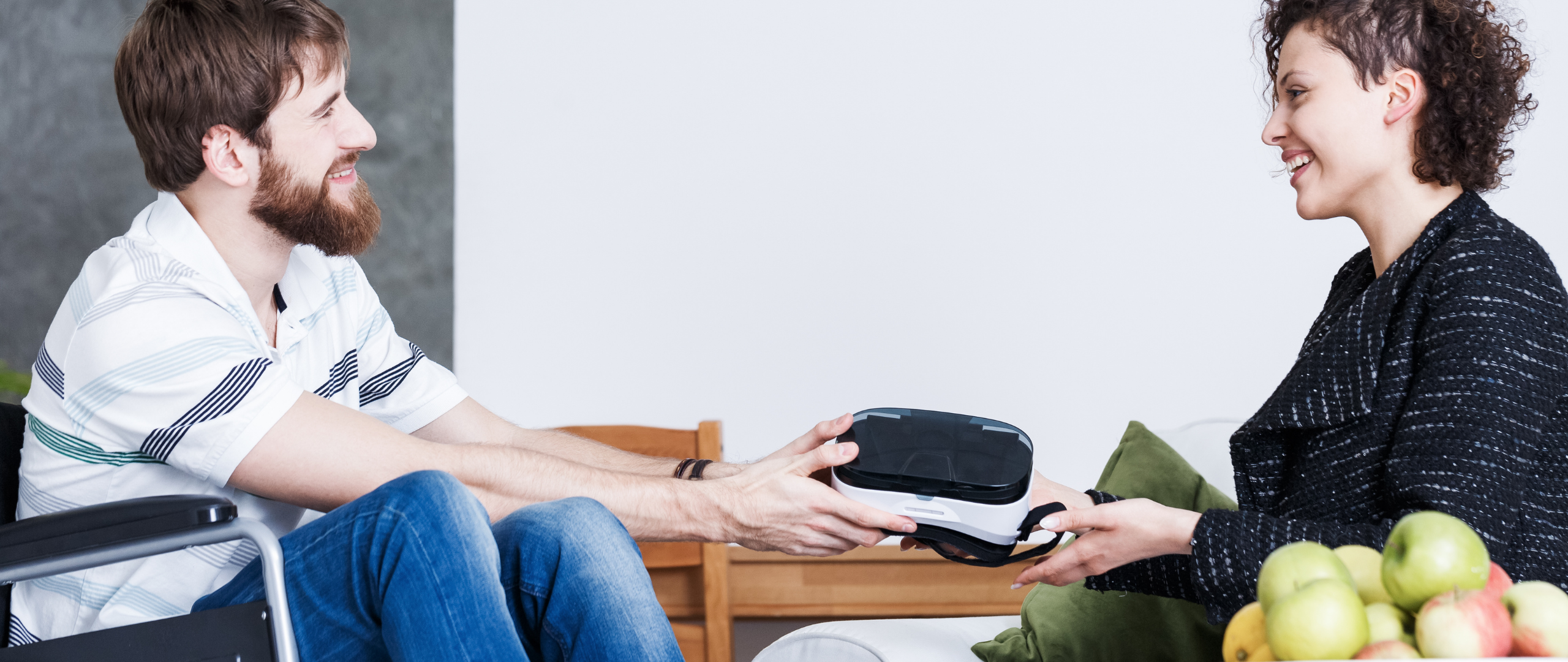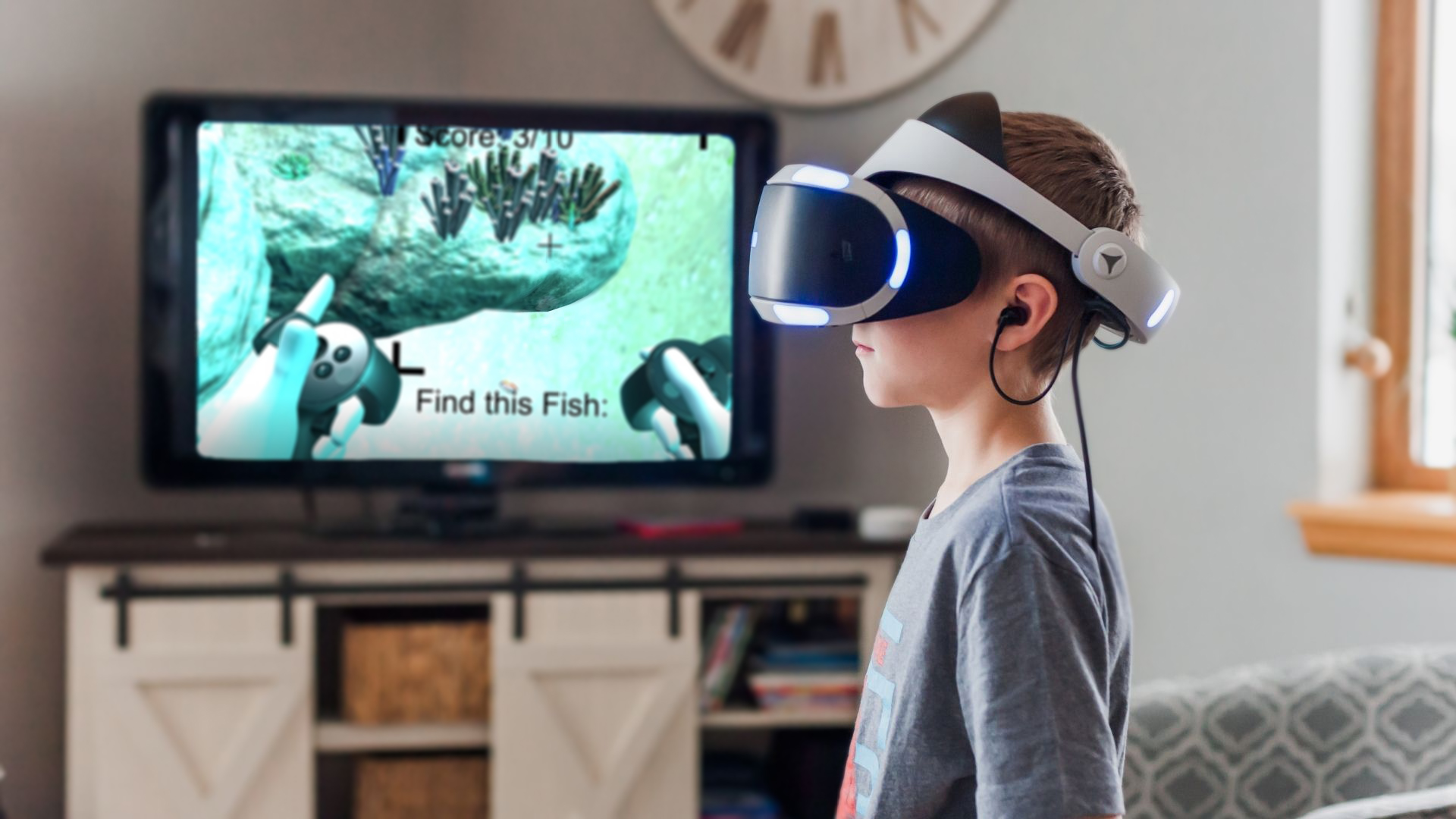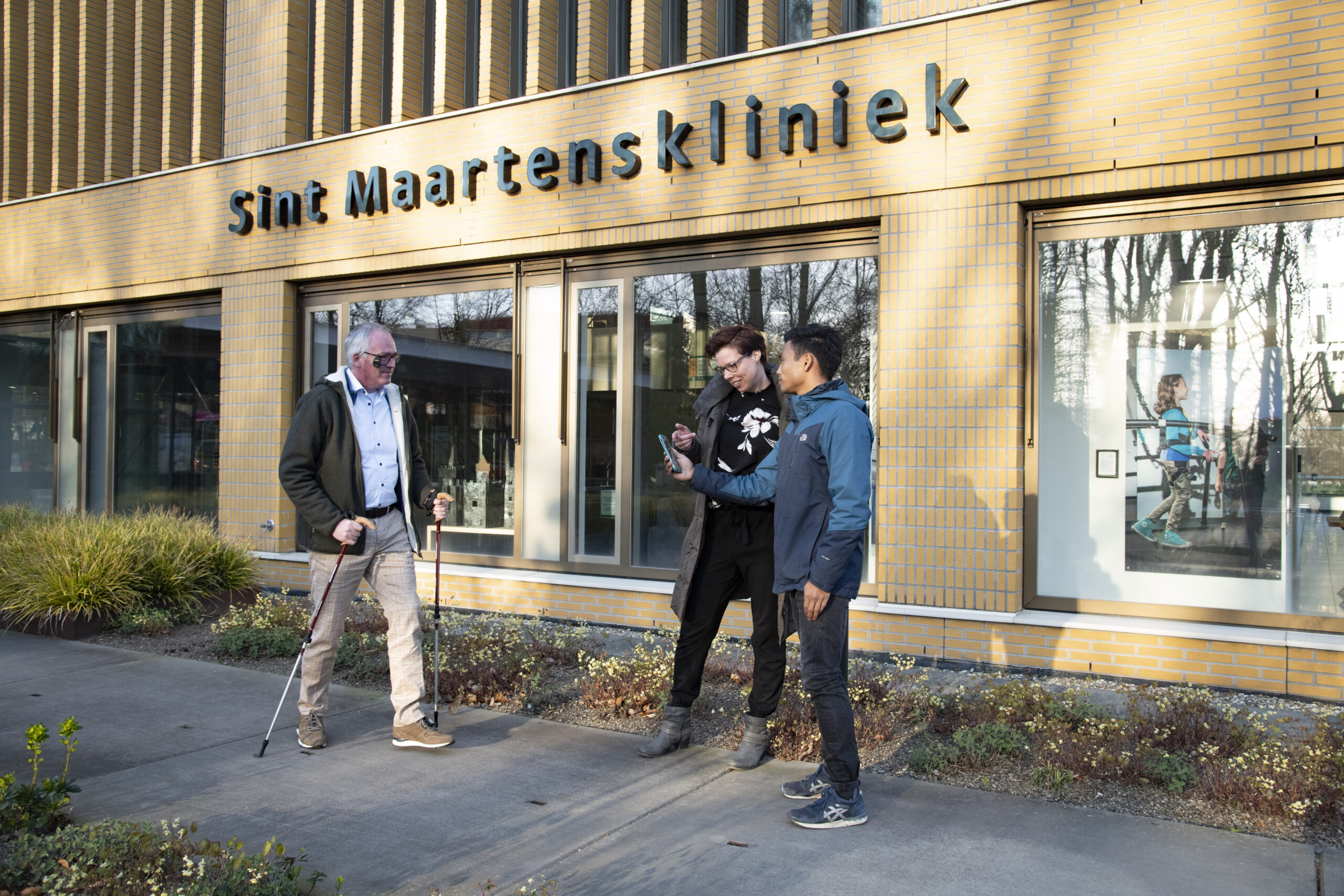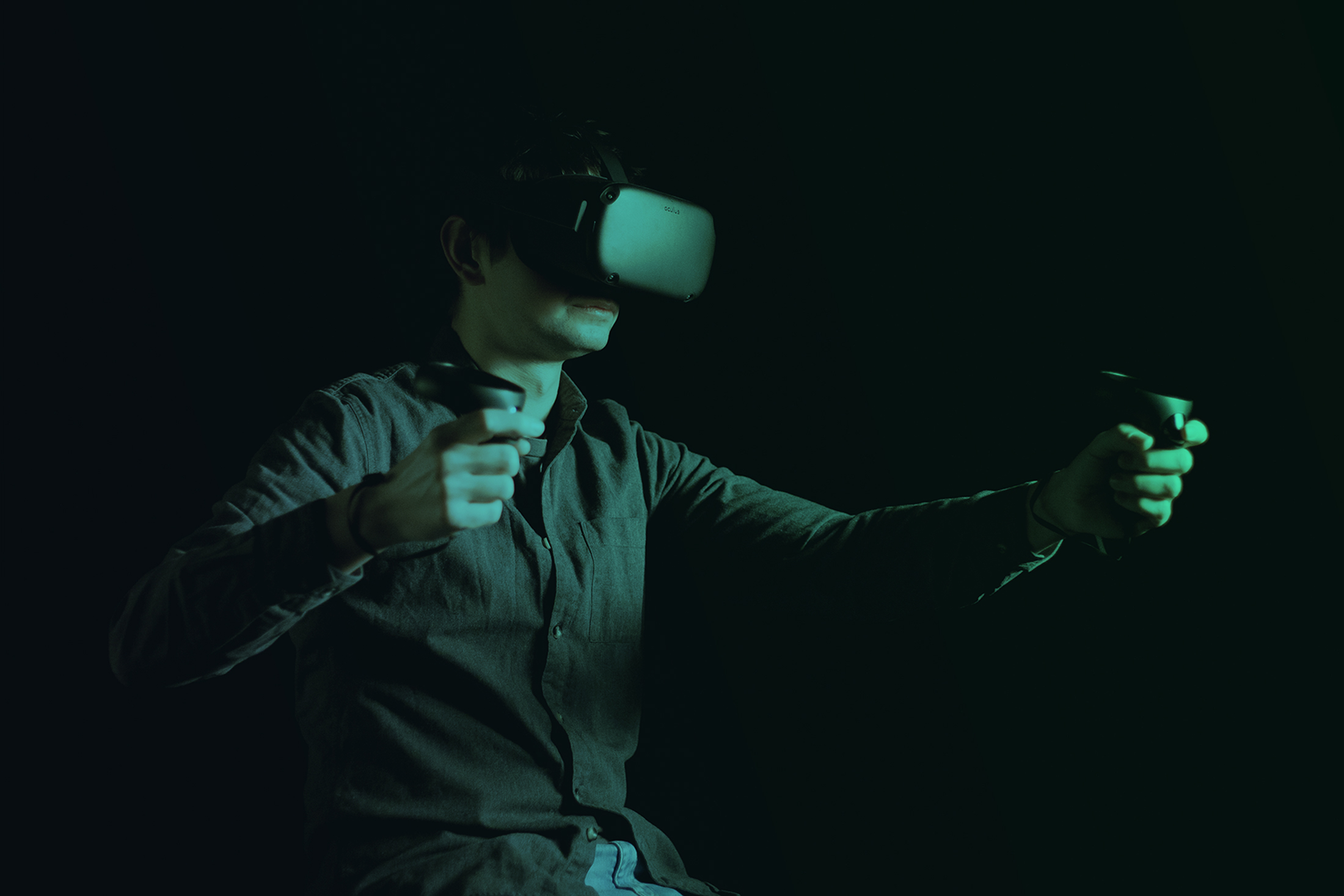If you think of virtual reality as something futuristic you are wrong, it is now fully integrated into our lives.
Augmented and Virtual Reality games are not just tools for entertainment but can be used as formidable therapeutic tools.
In Europe, more and more hospitals and rehabilitation centers are offering this rehabilitation therapy, which has many more advantages than classical therapy.
VR and AR can be used as an enhancement to conventional therapy for patients with conditions ranging from musculoskeletal problems, stroke rehabilitation, to cognitive deficits.
The Power of Telerehabilitation
Over the past year we have learned to enjoy and live in our home environment, so why not also transfer rehabilitation therapy directly into our homes? The pandemic has brought hospitals to the brink of collapse and put many therapies and patients on standby.
With portable VR equipment, patients can exercise at home while being monitored remotely by a therapist via the web. The advantages of this new method are not only economic, it is more convenient than in-person therapy, but it also facilitates access to rehabilitation services for patients in rural and difficult areas.

How does exactly Virtual Reality therapy work?
The VR and AR applications currently on the market provide real-time guidance and positive reinforcement for the patient. Virtual reality sessions include visual and/or audio prompts and rewards (e.g., unlocking next-level badges and voice encouragement).
Let’s look specifically at two different applications developed by the VR4REHAB team.
The VR Traveller application offers immersive environments for a more engaging experience. A virtual reality-based neuropsychological training program that represents travel around the world and improves cognitive deficits of neurological patients.
The patient is immersed in a realistic, and interactive environment that simulates different worlds, he is motivated to collect some items (e.g fishes in the picture) that will give him points, allowing him to travel to another interesting and adventurous destination around the world. In this way, the patient trains attentional functions in combination with executive functions, like working memory and action planning.

The Train2Go app, also developed by the VR4REHAB team, implements dorsiflexion training by use of visual augmented reality. The patient can train by kicking a ball, that is placed by augmented reality, in their own environment.
The application also has a sensor on the patient’s foot that provides feedback on the elevation of the foot, when certain predetermined limits are exceeded or not reached, the patient receives feedback from a vibration sensor.

